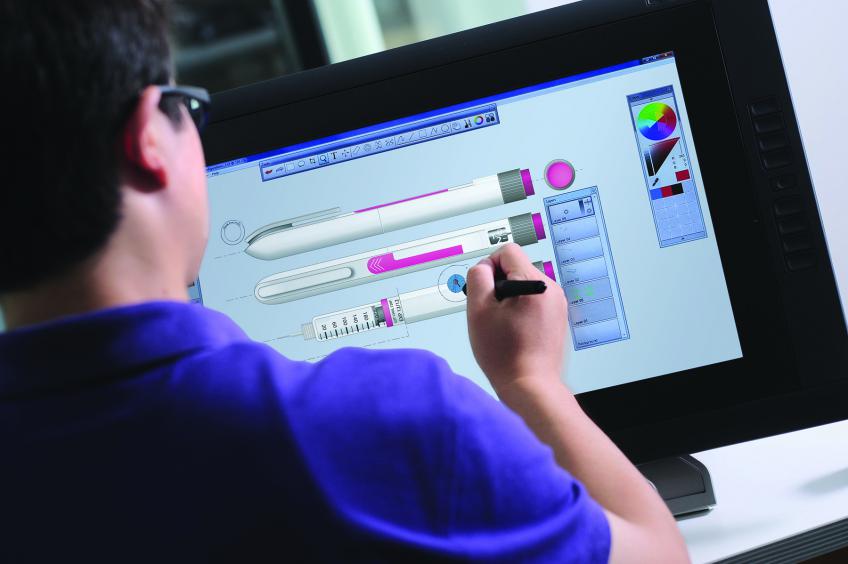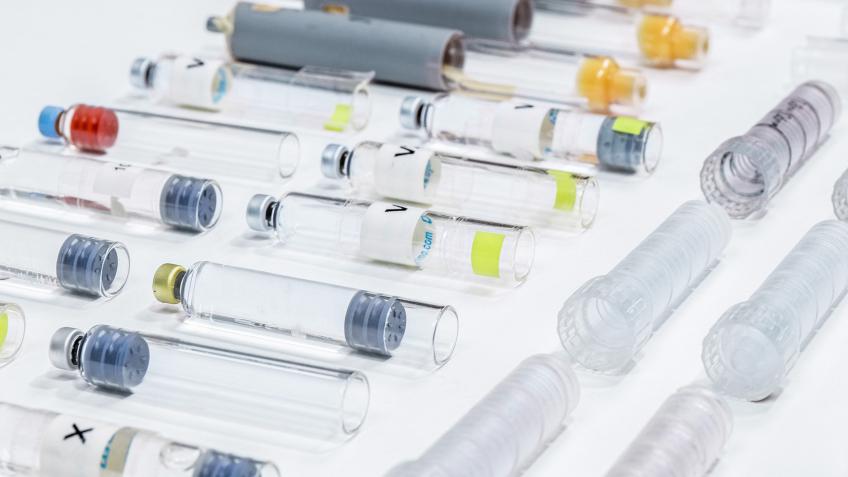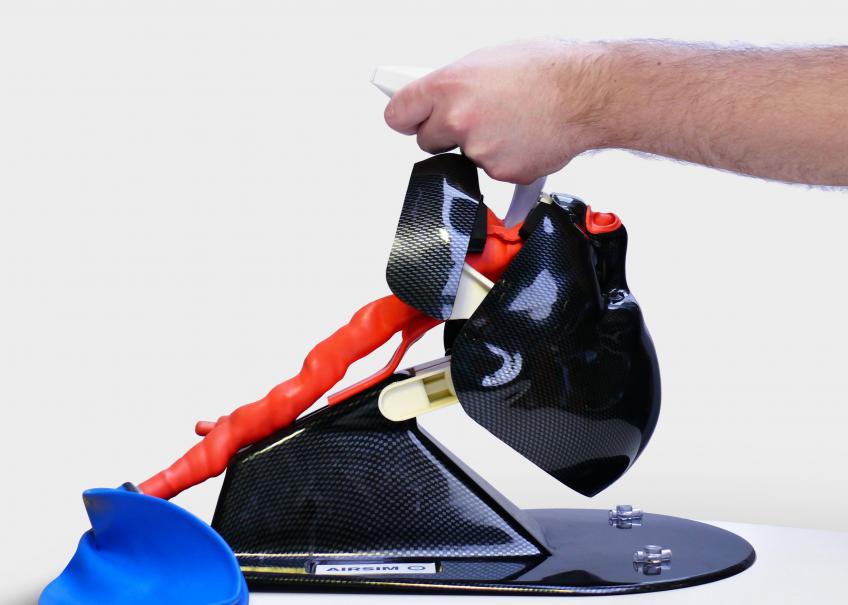Six Keys to Successful Product Development
Avoid cost and pain while delivering results.
Developing a new product can be an expensive and potentially complex process. People new to product development frequently ask “How long and how much does it cost to develop a product?”. The answer is that it depends on the product. Simple products can be developed in a matter of months. On the other hand, development of technically complex or mass produced products will frequently run into years. Many products will also need to comply with significant regulatory standards.
Poorly run development projects can overrun on cost and time and may ultimately have to be aborted with a large financial and opportunity cost. For small businesses and start ups this can threaten the future of the whole company. According to a detailed study by Castellion and Markham, around 40% of all new products that are launched end in failure (ranging from 45% failure in consumer goods down to 35% in healthcare). Of course, many projects may be abandoned before launch. So, before embarking on the development of a new product, it is important to understand the process and the potential pitfalls. From our experience of hundreds of development projects over 45+ years spanning a wide variety of industry sectors, we’ve picked out six key points for you to help steer you towards successful product development projects.

1. Start with your PRS The Product Requirement
Specification (PRS) defines everything about your product. It is probably the most important document for your whole development as is involved from the beginning to the end of the development. It’s obviously very important from a regulatory point of view but it is also vital from a commercial and practical point of view. In a poll of product development professionals carried out by IDC, changes to the product specification was the top cause of project delays. Therefore, getting this right, agreed across the business and sticking to it are all critical to enabling the rapid development of a successful new product.
A typical detailed PRS is likely to include the elements listed in the following table. This should serve as a starting point.
To create a complete and comprehensive product requirements specification can require significant time and effort. Much of the detailed information required is not going to be fully known at the outset so when completing the first versions of the PRS, it is important that requirements or details that aren’t known are marked as not known or provisional, rather than a guess or a requirement omitted. The PRS is a document that continues to evolve and develop as the product development programme progresses so this creates a dilemma: If getting a clear PRS is so important, how can a business feel confident to start a project before all the requirements are known? The answer is to get enough clarity to allow the key decision to start the programme. The purpose of the PRS in the early stages is to create a clear target of what the project should achieve and therefore the focus should be on defining the key commercial and technical requirements such that the initial PRS should give everybody a clear vision of what the product to be developed will achieve. At a high level this should be able to be summarised into one or two sentences. A key part in getting that clarity to proceed comes from eliminating risk and having a plan.
Below is by no means a full product requirement specification, but the example questions listed offer an idea of some of the aspects to consider.
At IDC we use the following method to check that there is a clear vision and purpose to the development:

2. Make a detailed plan
• How long will it take?
• How much will it cost?
3. Identify the high risk elements
“What things do we not yet know?”
and
“What are we planning to do that is different from what is already commonly done?”
“If we make an ECG heart monitor that consumers aged 45+ can use to check their heart health with [features to be defined], that can be sold profitably at [price to be confirmed], and can be available in UK and Europe market within 18 months then we know we can sell X units per year.”
This raised a number of questions:
• Are we certain that our target users want a device to do this job?
• Would they prefer to go to a GP?
• How much are they prepared to pay for such a device?
• How easy is it to diagnose heart problems from an ECG?
• Is the technology capable of doing this?
• What is the market size?

4. Define the ideal user experience
5. Don’t squeeze out time for quality
6. Create a team focused on delivery